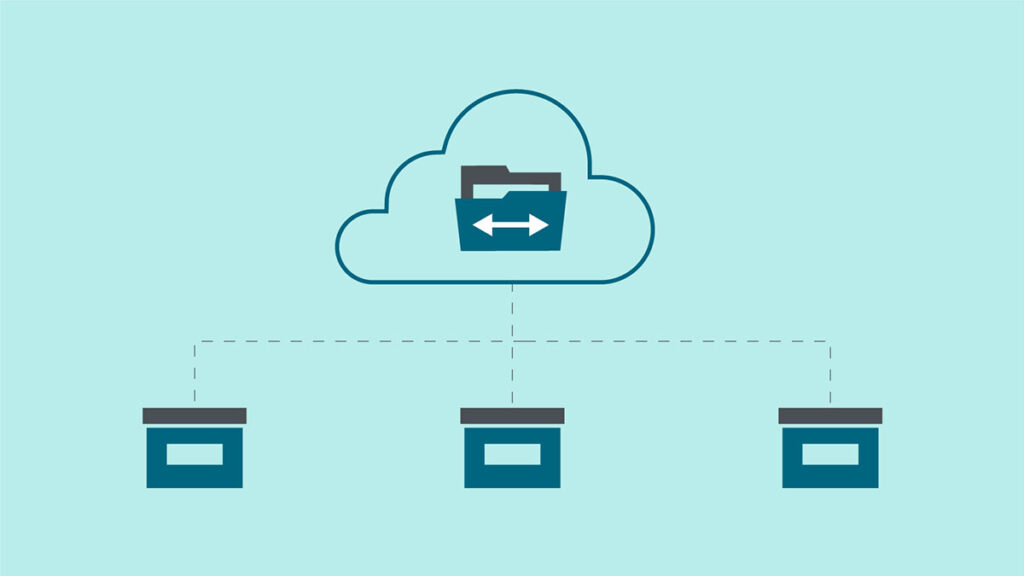Cloud containers have become synonymous with business transformation. Research shows that 86% of IT leaders view expanding the use of containers as a top priority. One area where they can extend this reach is managed file transfer (MFT).
As it does in the context of other critical enterprise applications, moving your MFT solution to containers offers significant benefits over traditional deployment models. That’s why, at Axway, we’ve prioritized redesigning our classic SecureTransport model to harness the value of cloud containerization for MFT.
Here is a look at our MFT containerization technology, as well as some of the benefits associated with this shift toward a more modern MFT.
The limitations of a classic MFT deployment model
Deploying an MFT solution without containers starts with a lengthy process of acquiring and setting up your infrastructure, such as obtaining ec2 instances, virtual machines, or hardware, as well as coordinating with different teams for other infrastructure needs. It can take a lot of planning and time to satisfy all the prerequisites.
Once the solution is set up, you may have to adjust configuration settings to adapt to your specific needs on clustering, protocols, certificates or other node-specific options. With a traditional MFT deployment model, you must go through the entire configuration process for each cluster node.
As the system gains adoption and is more widely used, you need to monitor activity and resource usage to maintain the capacity and stability of your solution. Any adjustment of sizing and resources requires the planning, preparation, and deployment process to start over again.
Collectively, these manual efforts create notable drawbacks for enterprises:
- Reduced time to market
- Increased likelihood of human mistakes
- Longer update process
- Reduced responsiveness to load fluctuations
- Limited visibility into your system health and performance
How containers can help your MFT solution
From a deployment perspective
With a container-based MFT approach, you can fully automate the deployment process and use orchestration tooling to standardize your deployment, saving time and making every step repeatable and reliable.
By eliminating manual efforts, your MFT services can be far more agile. You’ll be able to react faster to changing business requirements and continue to deliver the best service to your partners and customers. If changes or product updates are needed to embrace new functionalities, automation makes it easy to implement those changes across various environments.
Your organization may choose to switch cloud providers — let’s say, from Azure to AWS. MFT cloud containers offer you that flexibility.
From a runtime perspective
Cloud containerization for MFT supports fast and easy scalability. Your solution can scale up or down based on their actual loads. This capability helps not only to ensure high availability during peak periods, but also to save on resources and costs in lower periods.
Containers offer some inherent security advantages that can help to strengthen your MFT security posture. With containers isolated from one another and the host operating system, there are fewer risks for unauthorized access. Frequent repaving makes it possible to quickly overcome vulnerabilities.
Business continuity and high availability are further supported by the fact that you’re not only dependent on the failover capabilities of the application, but also benefit from the self-healing capabilities of your orchestration platform.
From an operational perspective
When it comes to routine operational activities, cloud MFT containers can help simplify your solution’s update process, ensuring the seamless integration of new versions.
Updating your solution without downtime and not having to worry about separate OS updates saves time and resources to stay focused on strategic tasks.
See also: Update MFT software with zero downtime thanks to Axway’s ZDU capabilities
MFT containers also simplify management and monitoring tasks by integrating with your existing infrastructure applications.
Imagine how you can connect your MFT solution to your current container monitor tools for a centralized view of system and application health, or how you can automate common workloads with orchestration tools for improved productivity and reduced manual interference.
SecureTransport with cloud containerization
The new architecture for SecureTransport boasts functions similar to the classic deployment model while leveraging the benefits of containerization.
The beta version, released in Q2 2024, features a multi-container image architecture in which helm charts can be used to automate a SecureTransport cluster deployment through simple configuration files.
Upscaling and downscaling, as well as integration with your Kubernetes orchestration engine or monitoring through Prometheus, are other key differentiators to the classic way of running SecureTransport.
Later versions extend these capabilities to further streamline running, maintaining, and monitoring SecureTransport, enabling elastic deployment, more automation, and better operational efficiency.
